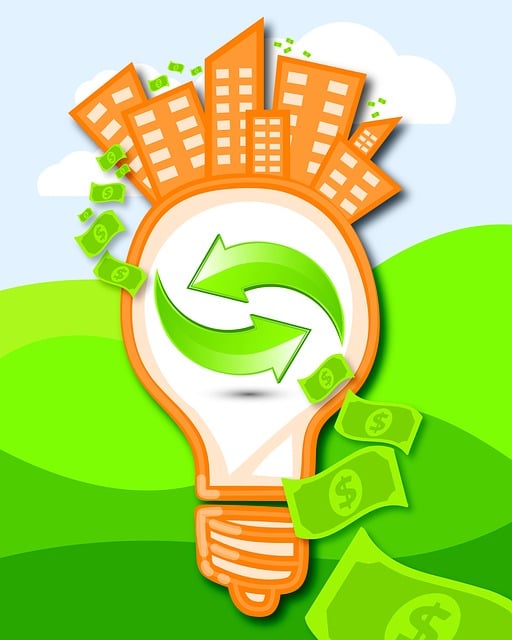Debt consolidation loans help manage and reduce debt, with two main types: secured (backed by assets like homes or vehicles, lower rates but higher risk) and unsecured (no collateral required but higher interest rates). When considering consolidate credit card debt, understanding these differences is crucial. Secured loans offer better rates for significant amounts backed by assets, while unsecured loans are easier to obtain but cost more due to increased lender risk. The choice depends on personal creditworthiness and risk tolerance.
Looking to consolidate credit card debt? Understand the difference between secured and unsecured debt consolidation loans. This guide breaks down each option, highlighting their unique advantages and risks. Secured loans use an asset as collateral, often offering lower interest rates but potential loss if you default. Unsecured loans provide greater flexibility with no collateral needed, but typically carry higher interest rates. Explore factors like credit score, loan terms, and financial stability to make an informed decision that best suits your needs.
- Understanding Secured and Unsecured Debt Consolidation Loans
- Factors to Consider When Choosing Between Secured and Unsecured Debt Consolidation Loans
Understanding Secured and Unsecured Debt Consolidation Loans
Debt consolidation loans are a popular way to manage and reduce debt, but it’s crucial to understand the difference between secured and unsecured options. Secured loans are backed by an asset, often a house or vehicle, which serves as collateral for the loan. This means if you fail to repay, the lender can seize and sell this asset to recover their losses. Unsecured loans, on the other hand, don’t require any collateral and are based solely on your creditworthiness. They’re generally easier to obtain but come with higher interest rates due to the increased risk for lenders.
When considering consolidate credit card debt, understanding these loan types is vital. Secured loans might offer lower interest rates but pose a greater financial risk if you default. Unsecured loans provide more flexibility and are less risky, but you’ll need a good credit score to qualify and should be prepared for potentially higher interest costs.
Factors to Consider When Choosing Between Secured and Unsecured Debt Consolidation Loans
When deciding between secured and unsecured debt consolidation loans, several factors come into play. Firstly, understanding your financial situation is crucial. Secured loans require collateral, often a home or valuable asset, which acts as a safety net for the lender. This type of loan typically offers lower interest rates but carries the risk of losing your asset if you default. Unsecured loans, on the other hand, don’t demand collateral, making them risk-free in terms of asset loss. However, they usually come with higher interest rates because of the increased financial risk for the lender.
The choice depends on your creditworthiness and the value of assets you’re willing to put at stake. If you have strong credit and no significant assets, an unsecured loan might be preferable due to its lower risk and potentially more flexible repayment terms. Conversely, if you need a larger loan amount and are comfortable securing it with an asset, a secured loan could provide better rates and conditions for consolidating your credit card debt.
When deciding between secured and unsecured debt consolidation loans, understanding your financial situation and goals is key. If you have substantial collateral and a strong credit profile, a secured loan might offer lower interest rates and more favorable terms. However, if you’re risk-averse or prefer not to pledge assets, an unsecured loan provides flexibility without the burden of collateral. Both options can effectively consolidate credit card debt, so choose the one that aligns best with your financial needs and comfort level.
